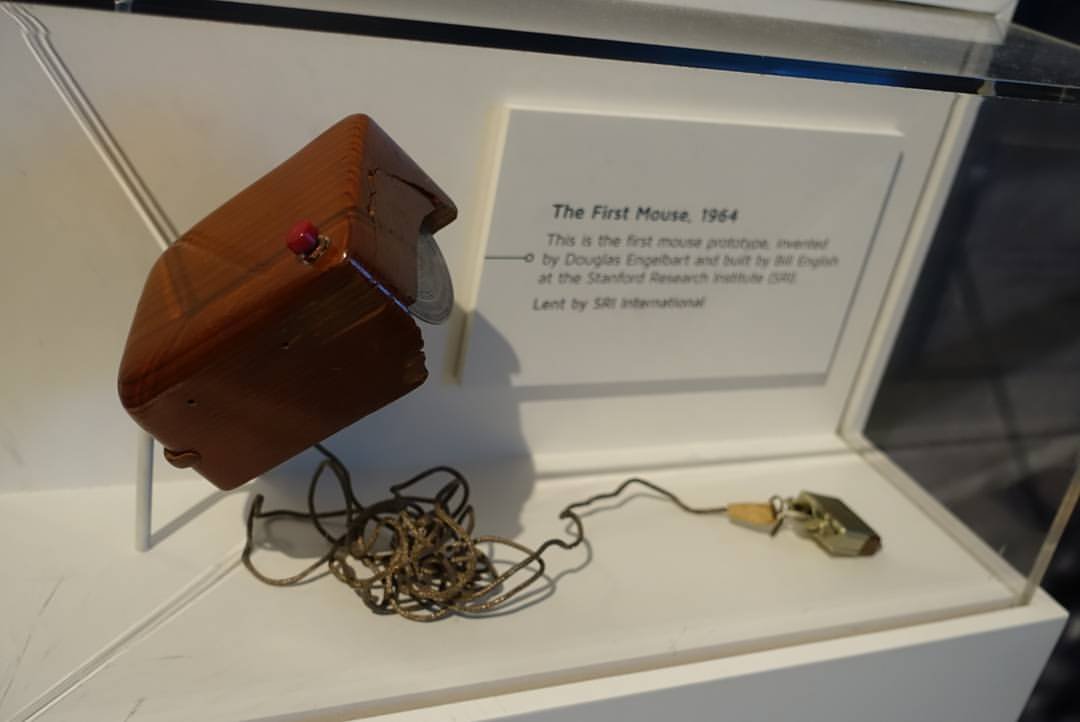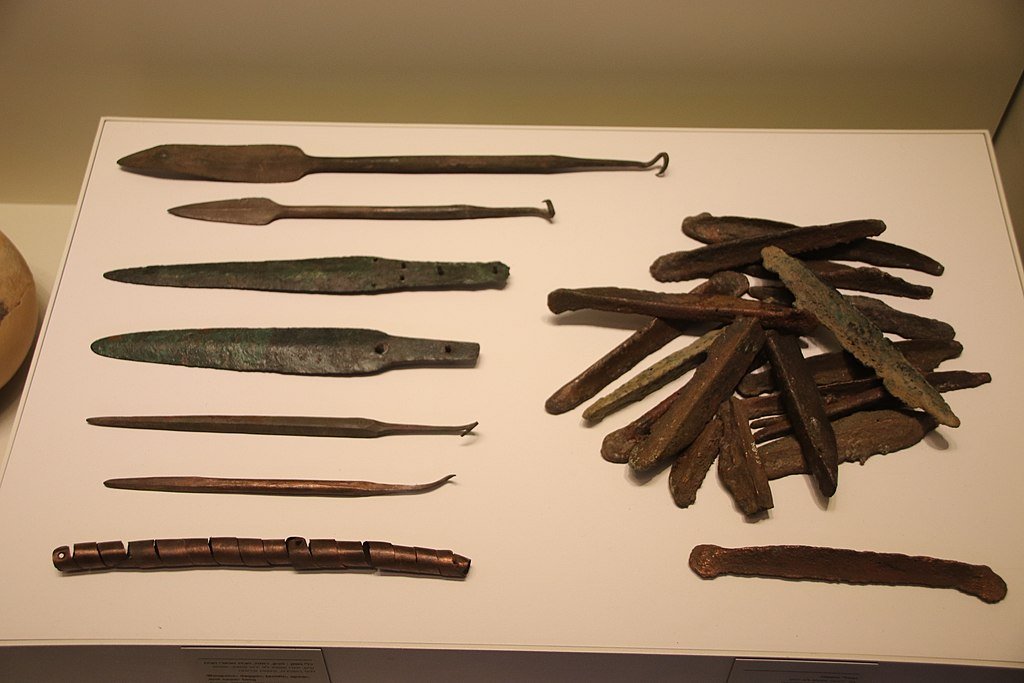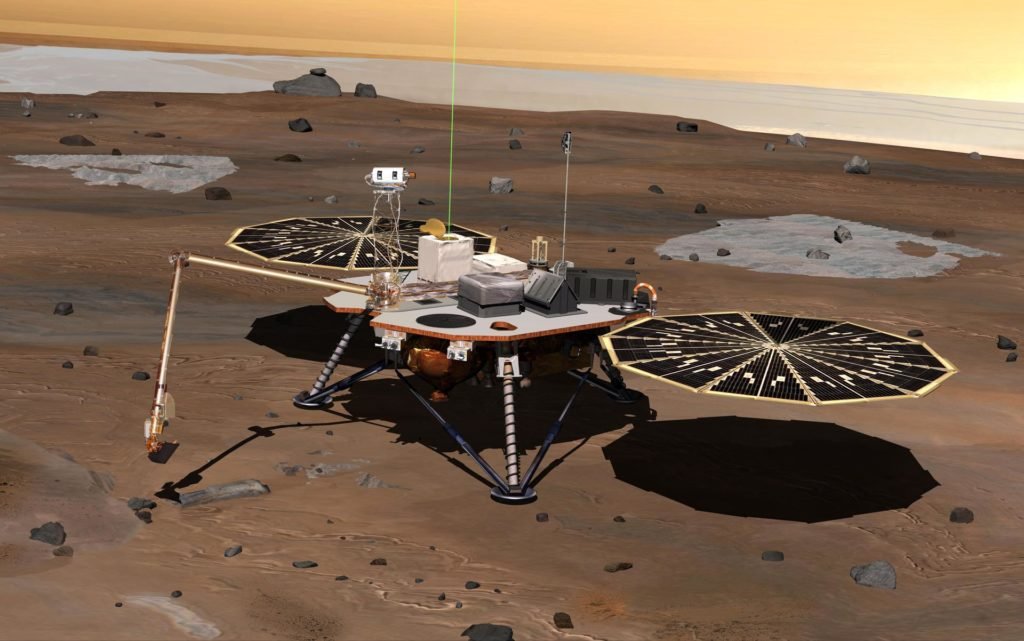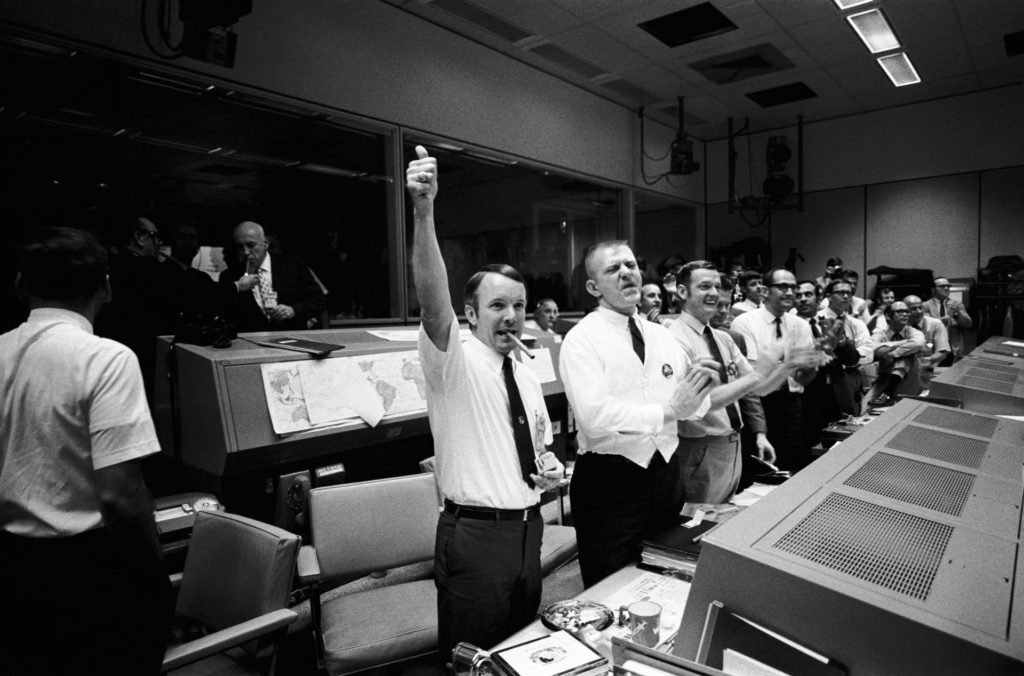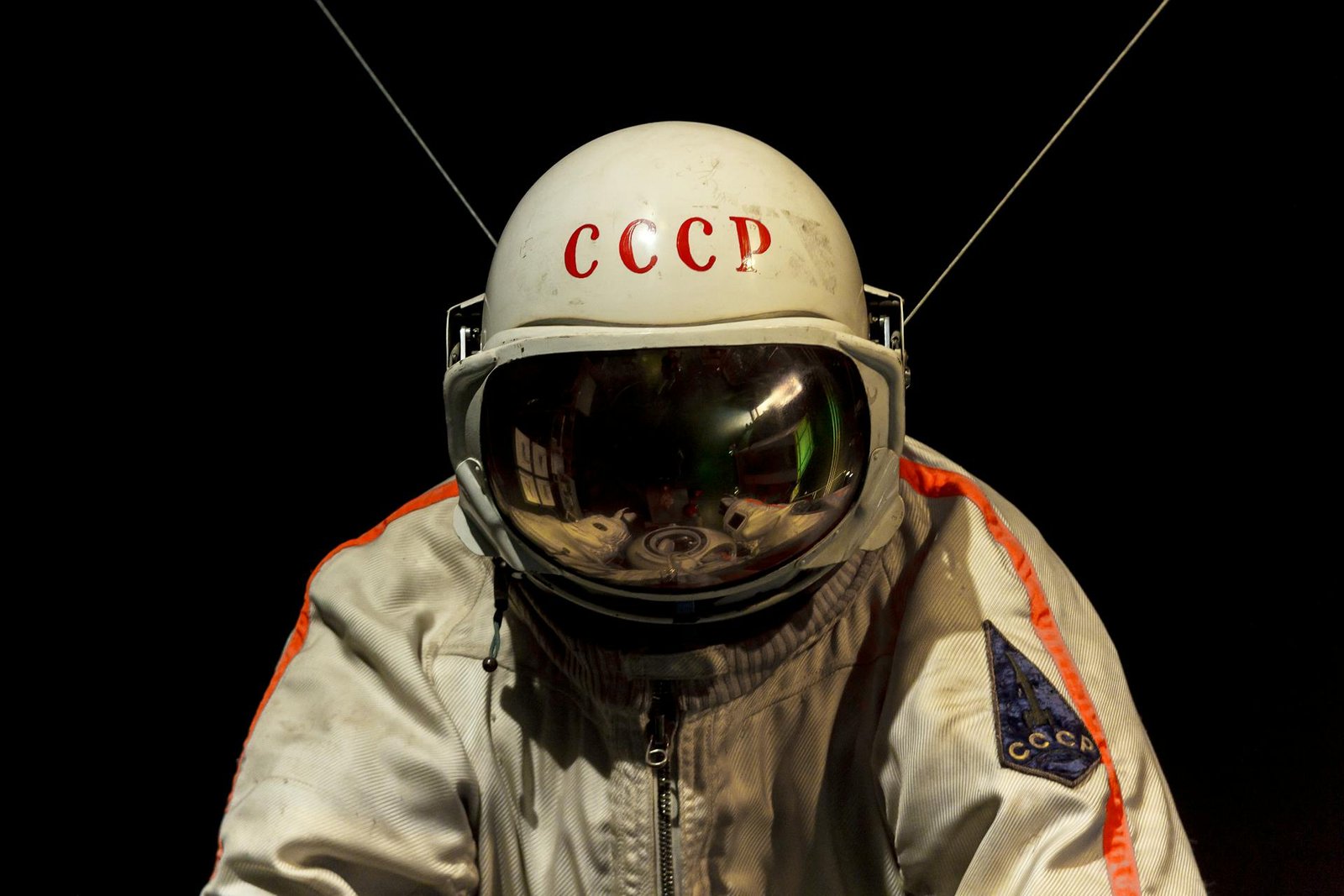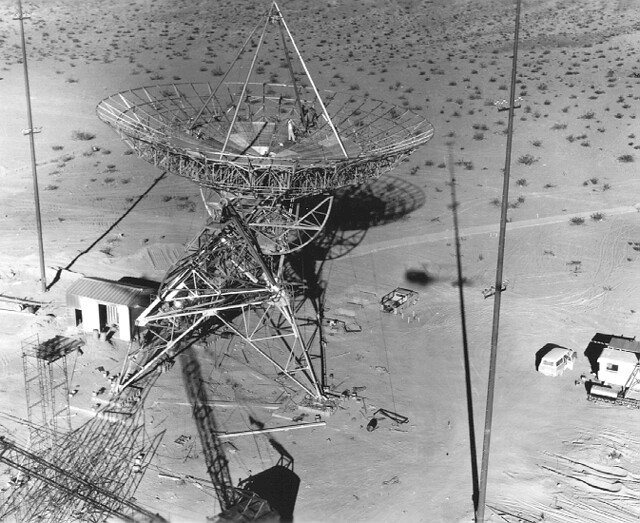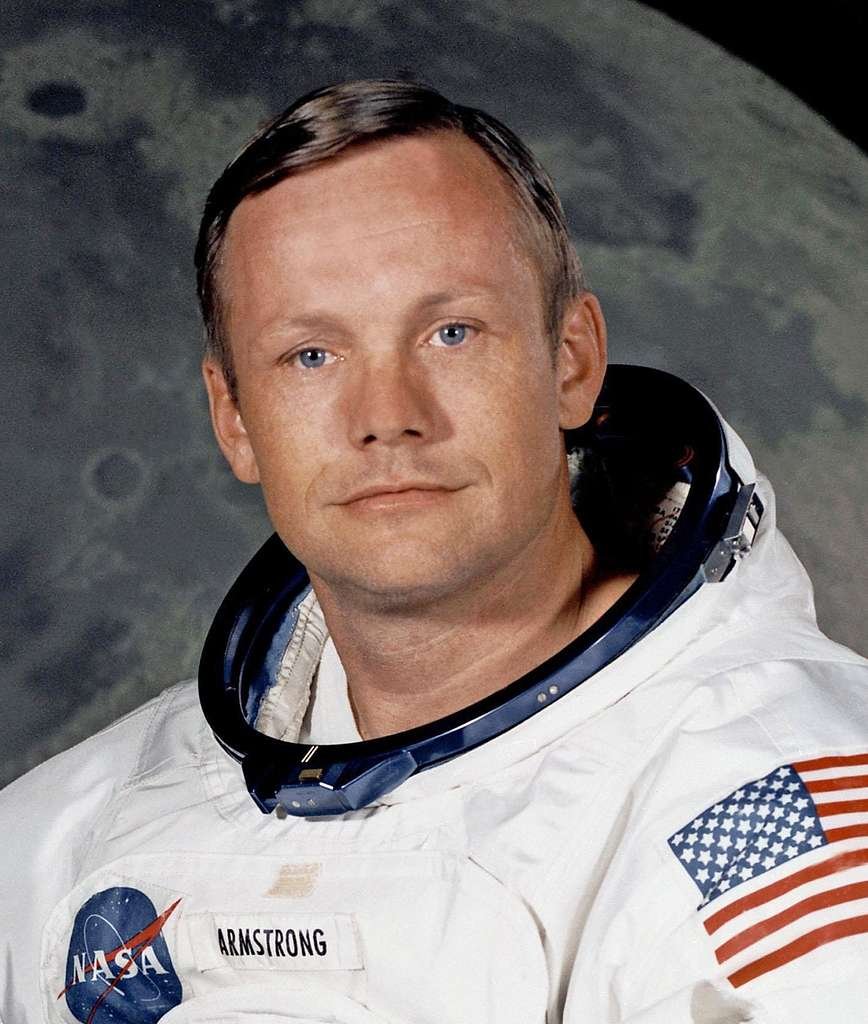The name Apollo 13 resonates deeply in the annals of NASA’s storied history and the grand tapestry of space exploration. This extraordinary mission, piloted by American astronauts, catapulted the world into a gripping saga of innovation and human endurance that forever altered our understanding of what could be achieved beyond Earth’s confines.
In the early 1970s, NASA was at the zenith of its lunar exploration program, marked by successful missions. Apollo 13, however, was destined to become a memorable chapter in the quest to conquer the cosmos. The mission was poised to be the third lunar landing, but destiny had other plans.
On April 11, 1970, American astronauts James Lovell, John Swigert, and Fred Haise embarked on their epic journey.
Tragically, just two days into their voyage, an oxygen tank onboard the spacecraft exploded, sending shockwaves of uncertainty and fear back to Earth. The mission’s objective swiftly transformed from a lunar landing to a daring struggle for survival. Apollo 13 became a crucible of NASA’s ingenuity and the astronauts’ unwavering determination to return safely home.
This gripping tale transcends space exploration; it embodies the spirit of American resilience and teamwork. Against all odds, NASA’s engineers and ground control orchestrated ingenious solutions, converting the lunar module into a makeshift lifeboat. The world watched, holding its collective breath, as these intrepid explorers, isolated in the unforgiving void of space, battled extreme conditions.
Apollo 13 remains a testament to the relentless pursuit of knowledge, the unyielding human spirit, and the enduring legacy of those who dared to reach for the stars. In this narrative, we delve into the gripping details of this historic mission, exploring the remarkable feats and the heart-pounding moments that define Apollo 13’s place in the annals of space exploration. Join us on this journey into the heart of human triumph, innovation, and the indomitable spirit of exploration.
Table of Contents
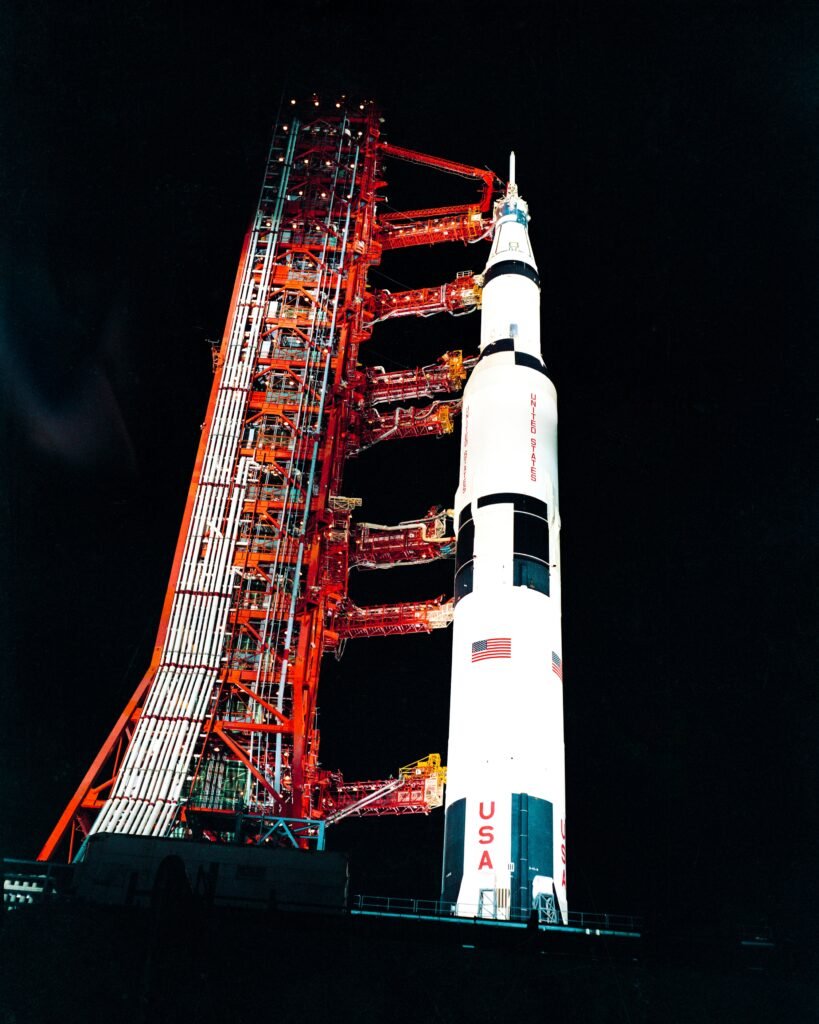
What is fascinating about Apollo 13?
Apollo 13 is a captivating chapter in the history of space exploration for several compelling reasons.
First and foremost, it showcases the indomitable spirit of human determination and ingenuity. When faced with a life-threatening crisis in the form of an oxygen tank explosion, the American astronauts aboard the spacecraft and the brilliant minds at NASA’s mission control demonstrated exceptional teamwork and adaptability.
The transformation of its mission objective makes Apollo 13 even more fascinating. Originally intended as a routine lunar landing, it became an unparalleled struggle for survival in space. The astronauts had to rely on their wits and the limited resources available to return safely to Earth.
Furthermore, Apollo 13 brought the world together in collective anticipation and concern. The extensive media coverage and global attention it received underscored the universal fascination with space exploration and the shared empathy for the astronauts’ perilous journey.
In hindsight, Apollo 13 stands as a testament to the audacious spirit of exploration and the resilience of the human spirit. It serves as a reminder that even in the face of Humanities can overcome seemingly insurmountable challenges through innovation, teamwork, and unwavering determination.
What was the most memorable thing about the Apollo missions?
The most memorable aspect of the Apollo missions was the audacious achievement of landing humans on the Moon. Apollo 11’s historic landing in 1969, with astronauts Neil Armstrong and Buzz Aldrin becoming the first humans to set foot on another celestial body, remains an iconic moment in human history. The sheer scale of this accomplishment, achieved after years of scientific, technological, and logistical challenges, captivated the world’s imagination and symbolized the boundless potential of human exploration.
Beyond the first landing, the Apollo program showcased humanity’s capacity for innovation, cooperation, and tenacity. It demonstrated how dedicated teams of scientists, engineers, and astronauts could overcome immense obstacles to achieve a common goal. The images of Earthrise from the lunar surface, the iconic footprints in lunar soil, and the triumphant return of astronauts to Earth are enduring symbols of human curiosity and determination. With their legacy of scientific discovery and inspiration, the Apollo missions continue to inspire future generations and stand as a testament to what can be accomplished when people work together to reach for the stars.
Apollo 13: Triumph in Space
While opinions on the “best” space expedition can vary, Apollo 13 is often regarded as one of the most remarkable and iconic missions in the history of space exploration, but not necessarily because it was the “best” in the traditional sense. Apollo 13 stands out for several reasons:
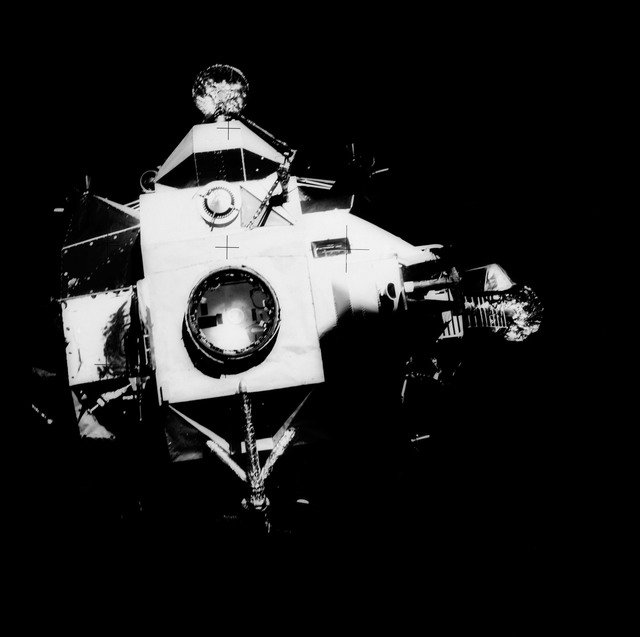
Triumph Over Adversity
Apollo 13 is celebrated as a remarkable testament to human ingenuity and determination precisely because it showcased the extraordinary teamwork, problem-solving, and resourcefulness of the astronauts and ground control. When the oxygen tank exploded onboard the spacecraft, it set off a life-threatening crisis that could have ended in tragedy.
However, the collaboration between the crew in space and the mission control team on Earth was nothing short of heroic. They had to adapt to rapidly changing circumstances, work with limited resources, and devise innovative solutions, such as using the lunar module as a lifeboat, to ensure the astronauts’ survival and safe return. This demonstration of human resilience and capability under extreme pressure is a defining moment in the history of space exploration.
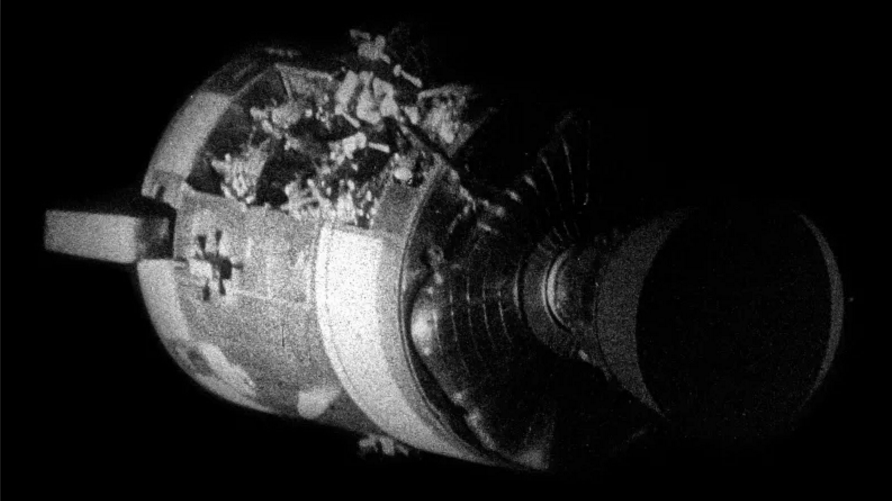
Ingenuity and Innovation
The Apollo 13 mission, marred by a catastrophic oxygen tank explosion, underscored NASA’s engineers and scientists’ remarkable ability to adapt and innovate under extreme pressure. Faced with a life-threatening crisis, the mission’s success hinged on improvisation and ingenuity. The decision to transform the lunar module into a “lifeboat” for the crew’s return journey to Earth is a shining example of this resourcefulness.
It required rapid problem-solving, meticulous planning, and flawless execution, all of which demonstrated the exceptional capabilities of the NASA team. This unconventional solution saved the lives of the Apollo 13 astronauts and exemplified the critical role of innovation in pursuing space exploration’s challenges and unknowns.
Safety Improvements
The Apollo 13 incident was a crucible for NASA’s commitment to enhancing space exploration safety. Following the harrowing ordeal, a comprehensive investigation probed the root causes of the oxygen tank explosion, resulting in critical insights into design flaws and procedural shortcomings. These findings catalyzed substantial revisions to spacecraft systems, stringent safety protocols, and rigorous astronaut training regimens.
The enduring legacy of Apollo 13 lies in its role as a catalyst for continuous improvement. It underscores the indispensable value of learning from adversity, and its profound impact extends to subsequent missions, fostering a culture of meticulous preparation and unwavering dedication to astronaut safety in every endeavor beyond Earth’s atmosphere.
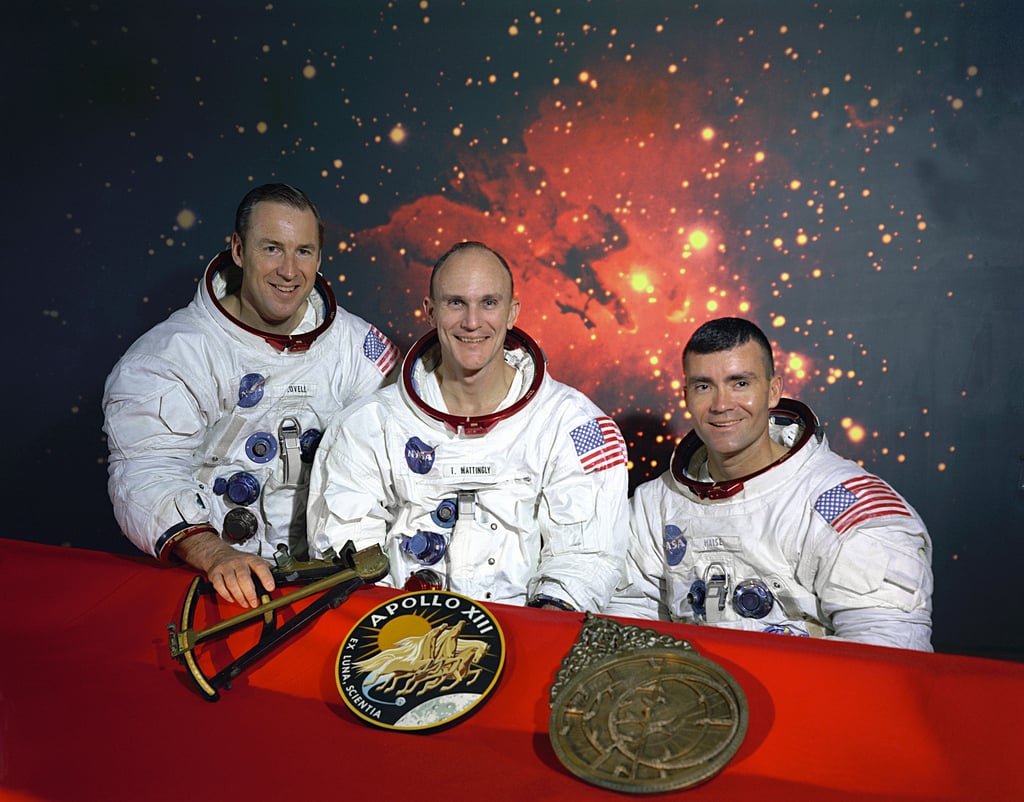
Media Coverage
The extensive media coverage of the dramatic events of Apollo 13 served as a watershed moment in the history of space exploration. At a time when television and radio were the primary sources of information and entertainment, the world was captivated by the unfolding drama in space. Millions of people tuned in, holding their breath as they watched and listened to the updates on the astronauts’ perilous journey.
This heightened public interest and awareness in space exploration had a profound impact. It drew attention to the risks and challenges of venturing beyond Earth and galvanized support for continued space exploration endeavors. The global audience became more engaged with the scientific and technological advancements achieved through space missions, further fueling humanity’s curiosity about the cosmos and its possibilities for our future.
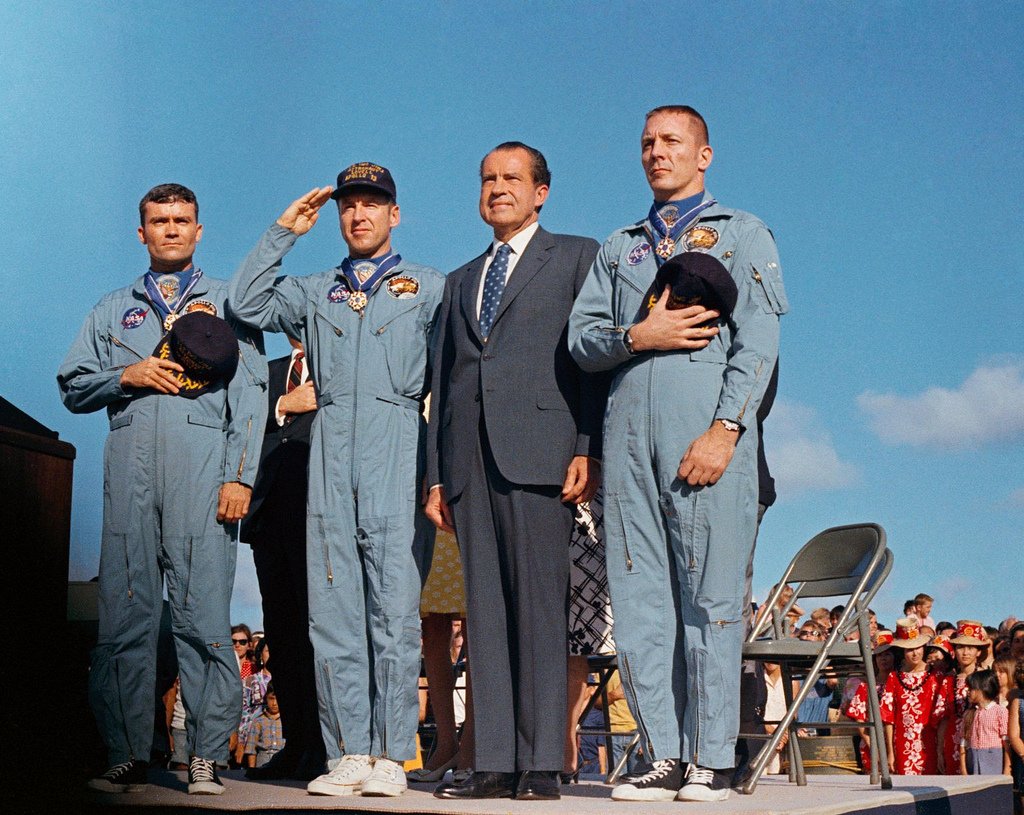
Human Endurance
The Apollo 13 mission underscored the remarkable resilience and unwavering determination of its astronauts, James Lovell, John Swigert, and Fred Haise. They confronted a barrage of physical and psychological challenges in the unforgiving vacuum of space. Enduring cramped conditions within their damaged spacecraft, they were subjected to plummeting temperatures, a scarcity of vital resources, and the gnawing uncertainty of their situation.
Their ordeal wasn’t just a test of technical skill but a testament to the indomitable human spirit. These astronauts remained steadfastly focused on troubleshooting, collaborating with ground control, and meticulously rationing their resources. Their resolve never wavered, even when faced with the possibility of not returning home. Their determination to overcome seemingly insurmountable odds serves as an enduring example of human courage, fortitude, and the unrelenting pursuit of survival in the harshest of environments.
Apollo 13’s story is indeed a testament to the indomitable human spirit and the extraordinary feats of innovation and problem-solving that can arise in the face of adversity. It stands as an enduring symbol of NASA’s ability to adapt and persevere, even in the harshest of environments, which is a core aspect of space exploration. The mission showcased the remarkable capabilities of the astronauts and the dedicated teams on the ground who collaborated tirelessly to bring the crew safely back to Earth.
However, the notion of whether Apollo 13 is the “best” space expedition is subjective and hinges on the criteria for evaluation. Space exploration has seen numerous remarkable missions, each with its own unique contributions and significance.
For instance, Apollo 11 marked humanity’s first steps on the Moon, a historic moment that expanded our understanding of celestial bodies and our place in the universe. Apollo 8, in 1968, was the first human mission to orbit the Moon and provided a breathtaking view of Earthrise from lunar orbit, deepening our environmental consciousness.
Apollo 17, the final mission of the program, extended lunar exploration and scientific discoveries, showcasing the Apollo program’s cumulative success in lunar science and exploration.
Moreover, robotic missions like the Mars rovers, Voyager probes, and the Hubble Space Telescope have delivered unparalleled insights into the cosmos.
While Apollo 13’s resilience and achievements are remarkable, declaring it the “best” expedition is subjective. It is more fitting to recognize that each mission, whether human or robotic, has made invaluable contributions to our understanding of space, making it an ongoing and ever-evolving journey of discovery. Each mission has added layers to our knowledge of the cosmos and demonstrated the incredible capacity of human ingenuity to explore the final frontier.
